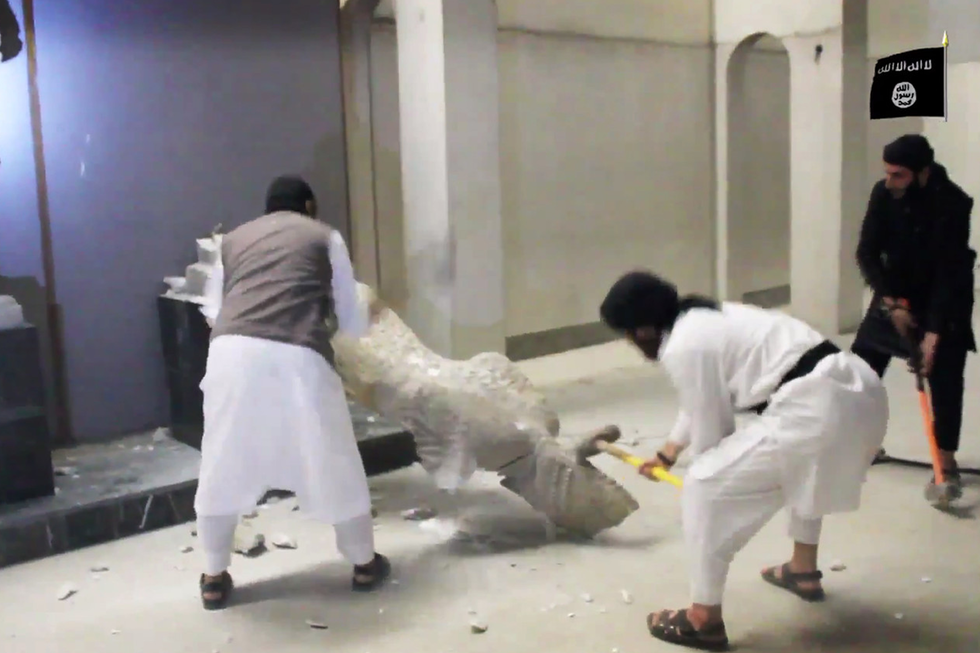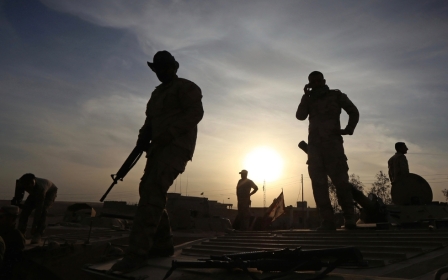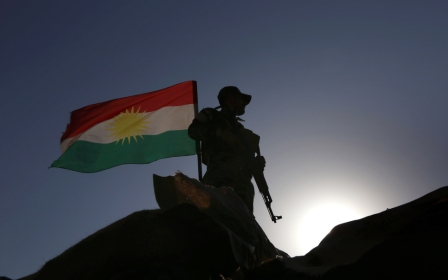Nimrud: Iraqi forces retake ancient city razed by Islamic State

Iraqi forces seized back control of the ancient city of Nimrud on Sunday morning, two years after it was overrun by Islamic State (IS) forces.
The Iraqi army's 9th Armoured Division raised the Iraqi flag over the ancient Assyrian capital after inflicting heavy losses on IS, General Abdel Amir Yarallah told media on Sunday.
The commander said IS had suffered heavy casualties in the battle for the city.
Iraqi forces have retaken a total of 84 villages from IS since the Mosul operation began last month, Yarallah said.
IS sparked international outcry in March 2015 when it published a video showing fighters smashing artefacts in Nimrud with sledgehammers and bulldozing the ancient ruins.
"Whenever we are able... to remove the signs of idolatry and spread monotheism, we will do it," one militant said at the end of the video.
The UN cultural organisation, Unesco, welcomed the news of Nimrud's recapture.
"A world heritage site is back under the control of the Iraqi government," said spokesman George Papagiannis.
Nimrud lies some 30km south-east of Mosul, Iraq's second biggest city and IS's main stronghold in Iraq.
The ancient town was home to priceless ruins from the Assyrian empire and contained artefacts dating back to the 13th century BC.
Many of its monumental stone sculptures and reliefs were taken away for display in museums around the world, but some of the more massive structures remained in place when the militants swept through in mid-2014.
IS casts its destruction of artefacts and historic sites as religiously mandated elimination of idols, but that has not stopped it from selling smaller items to fund its operations.
It is unclear how much, if any, of the ancient city remains.
Sources at the time told Reuters that militants had looted all the valuables in the ancient city "and then proceeded to level it to the ground".

Middle East Eye propose une couverture et une analyse indépendantes et incomparables du Moyen-Orient, de l’Afrique du Nord et d’autres régions du monde. Pour en savoir plus sur la reprise de ce contenu et les frais qui s’appliquent, veuillez remplir ce formulaire [en anglais]. Pour en savoir plus sur MEE, cliquez ici [en anglais].




